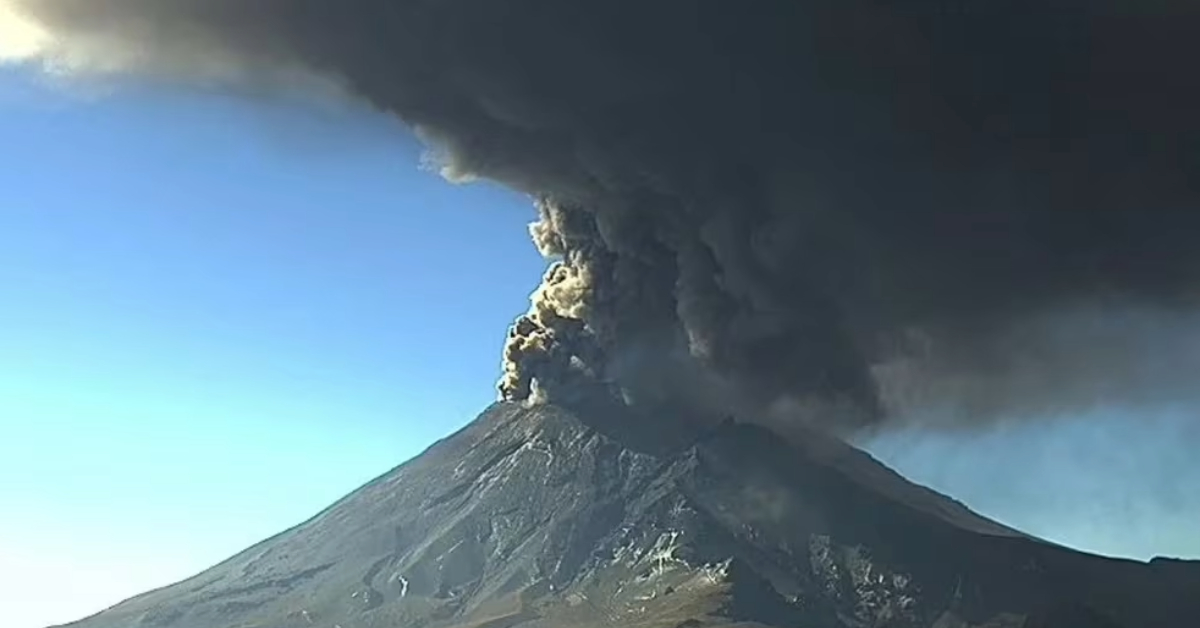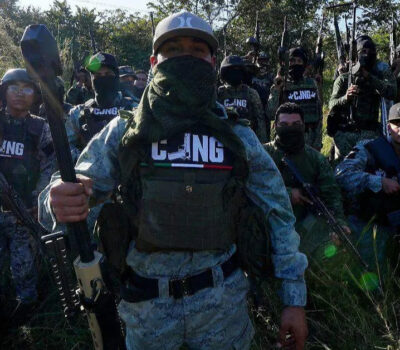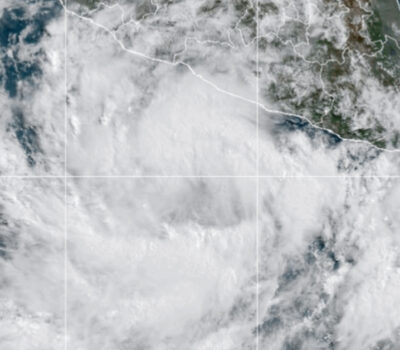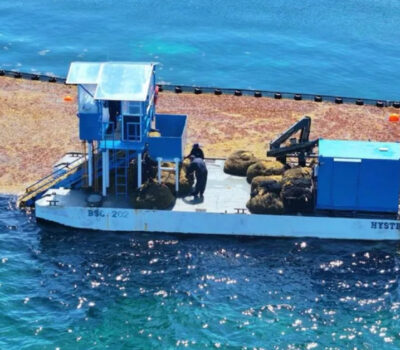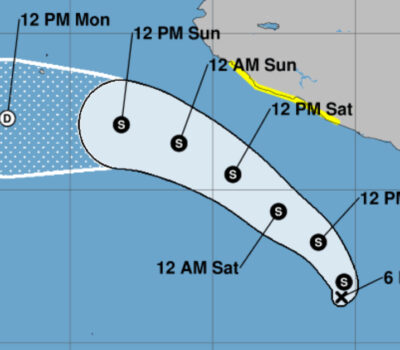The Popocatépetl volcano, known for its unpredictable behavior, roared to life once again on the morning of Tuesday, February 27th, stunning residents of the Valley of Mexico with a powerful explosion. The eruption, characterized by billowing columns of gas and ash, sent plumes soaring several kilometers into the sky, casting a looming shadow over nearby regions.
Authorities from the Secretariat of Comprehensive Risk Management and Civil Protection (SGIRPC) swiftly issued warnings to residents regarding the imminent fallout of ash in various areas of Mexico City. Urging precautionary measures, officials stressed the importance of adhering to safety protocols in response to volcanic ash precipitation.
The impact of the eruption extended beyond Mexico City, affecting neighboring municipalities in the State of Mexico and even reaching as far as Puebla. Civil Protection teams in affected areas urged residents to exercise extreme caution in light of the volcanic activity.
The repercussions of the eruption reverberated through transportation networks as well, with the CDMX International Airport (AICM) suspending operations for certain airlines due to adverse weather conditions caused by the ash fallout.
Images captured by the National Center for Disaster Prevention (Cenapred) vividly depicted the escalation of the eruption, with a noticeable increase in volcanic activity beginning at 9:00 a.m. local time. As the morning unfolded, the intensity of the explosion grew, culminating in a dense column of ash and gas shrouding the surrounding landscape.
Despite the ferocity of the eruption, reports from Cenapred indicate that the Popocatépetl volcano remains relatively stable. The eruption, reaching a height of two thousand meters, subsided by 1:00 p.m. local time, with the dispersion of ash predominantly affecting northwest and northward regions of eastern Edomex, propelled by prevailing wind patterns.
Over the preceding 24 hours, monitoring data from Cenapred revealed 77 exhalations, 952 minutes of tremors, and a volcanotectonic earthquake, underscoring the heightened activity of the volcano. The Popocatépetl Volcanic Alert level remains at Yellow Phase 2, indicating ongoing vigilance is necessary.
Among the areas most heavily impacted by ash fallout were the municipalities of San Pedro Nexapa in Amecameca, Edomex, along with Ayapango, Amecameca, Atlautla, Ozumba, Tepetlixpa, and Ecatzingo. Additionally, regions in close proximity to the volcano in Puebla experienced ash precipitation.
In Mexico City, forecasts anticipate ash fall in municipalities including Iztapalapa, Iztacalco, Álvaro Obregón, Coyoacán, Magdalena Contreras, Benito Juárez, Venustiano Carranza, Cuauhtémoc, Miguel Hidalgo, Azcapotzalco, and Gustavo A. Madero, prompting residents to remain vigilant and take necessary precautions in response to the volcanic activity.
As the region grapples with the aftermath of yet another eruption, authorities continue to monitor the situation closely, emphasizing the importance of preparedness and swift response in the face of natural phenomena.
The Popocatépetl volcano, known for its unpredictable behavior, roared to life once again on the morning of Tuesday, February 27th, stunning residents of the Valley of Mexico with a powerful explosion. The eruption, characterized by billowing columns of gas and ash, sent plumes soaring several kilometers into the sky, casting a looming shadow over nearby regions.

